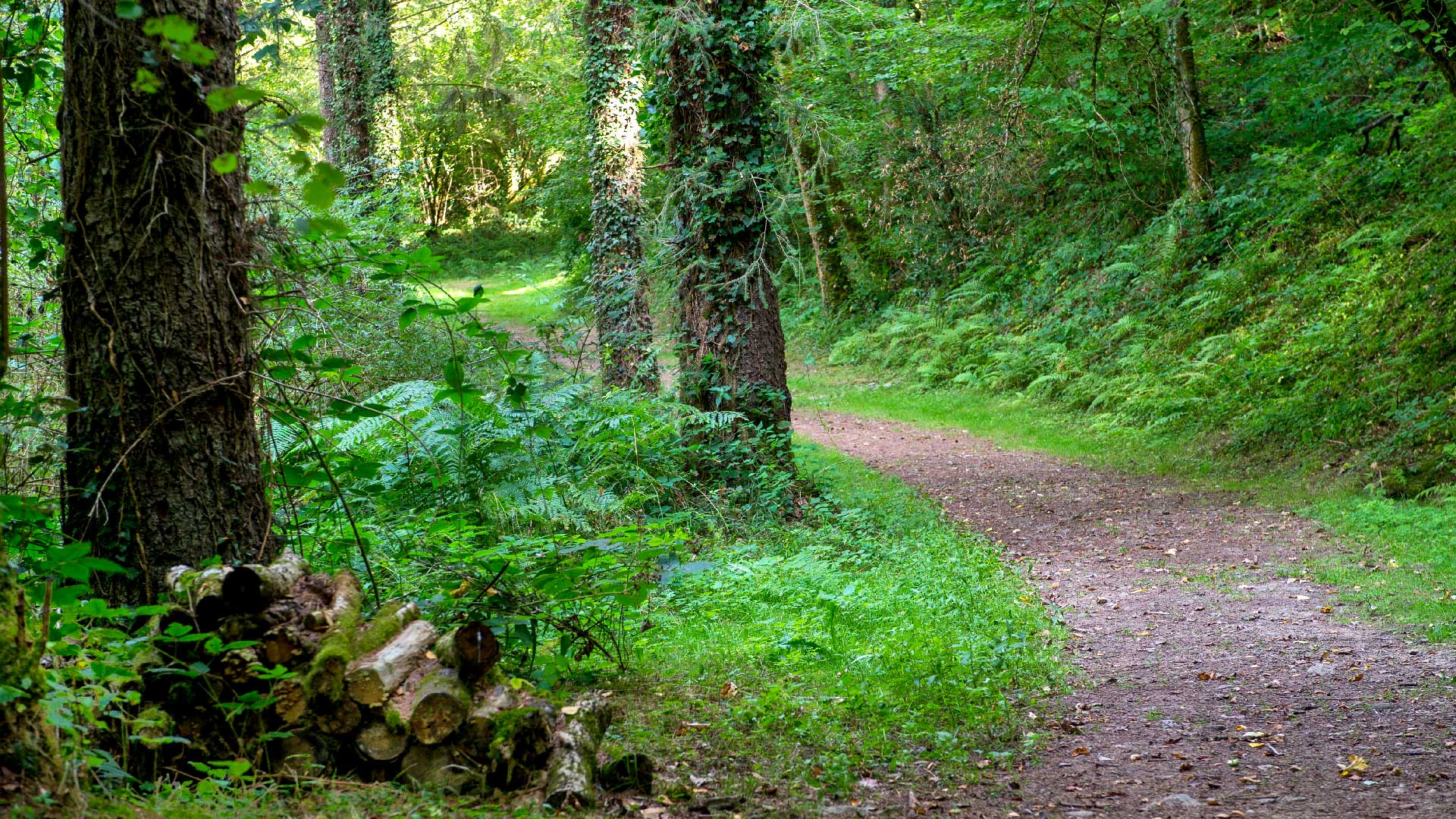THE ENVIRONMENT
The elevation gain/loss in the Ligoure park is between fifty and sixty metres. Visitors can enjoy a view of ridges overlooking land that unfurls before plunging down into the deep river valleys, creating significant changes in elevation. These formations have been called “alveoli” and are characteristic of our region.
Gneiss is the predominant rock in the Parc de Ligoure. In fact, the gneiss in question is a particular form of the rock, namely paragneiss. Paragneiss is a metamorphic sedimentary rock which means that it has been formed under extreme pressure and at extreme temperatures in the earth’s crust. It contains minerals such as quartz, mica, plagioclase and feldspar, which is visible to the naked eye.
The different soil types found in the park are classified as brunisols. Brunisols are typically found in deciduous forests in temperate zones.
These sedimentary soils are very loamy and therefore prevent water from penetrating to any depth. Traces of this loamy soil can be found in the pisciculture area where it was used to make the exterior pools more watertight.
RIPARIAN WOODLAND
Riparian woodland serves to support isolated, tall trees that would otherwise be uprooted by the current. It also helps maintain river banks, which are hollowed out from underneath and collapse in large sections if they are only planted with herbaceous plants.
The riparian woodland’s ability to resist the current lies in its diversity of tree species, plant types and roots.
It also acts as a biological corridor and plays an important role in the provision of food and shelter for the many different animals (insects, birds, reptiles, mammals) that colonise it or depend on it for food.
It fulfils two main roles:
• Habitat: the cavities and roots provide shelter and a protective structure for laying eggs for the river’s inhabitants (fish and insects). The shade cast by the trees seems to reassure many species, whose level of activity reduces when subjected to full light. Finally, the water stays cool in summer, which is essential for salmonids
• Purification: it forms a filter against fine materials and fertilisers coming from the catchment area
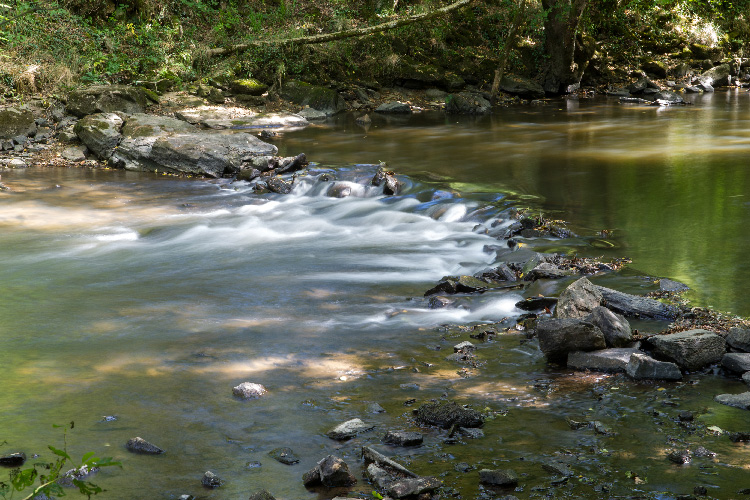
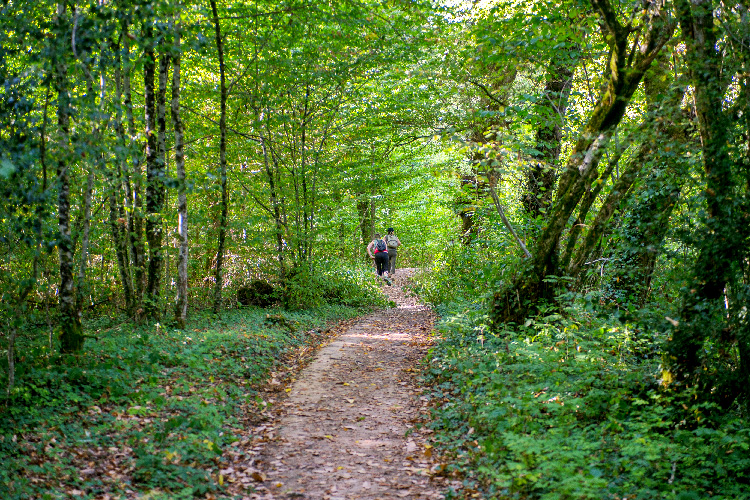
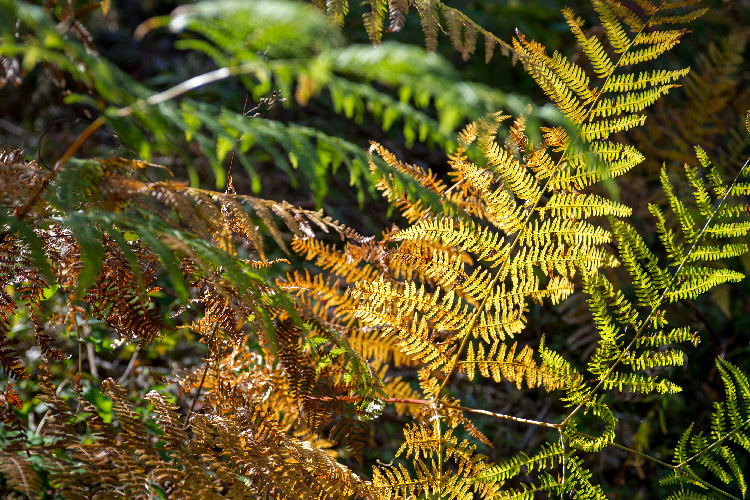
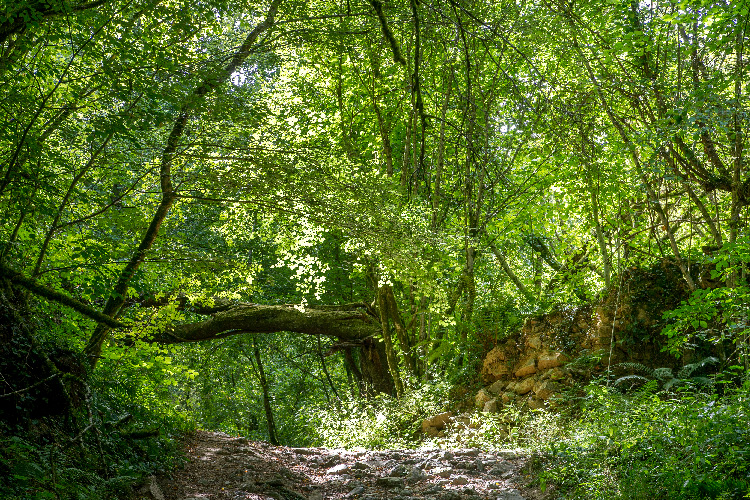
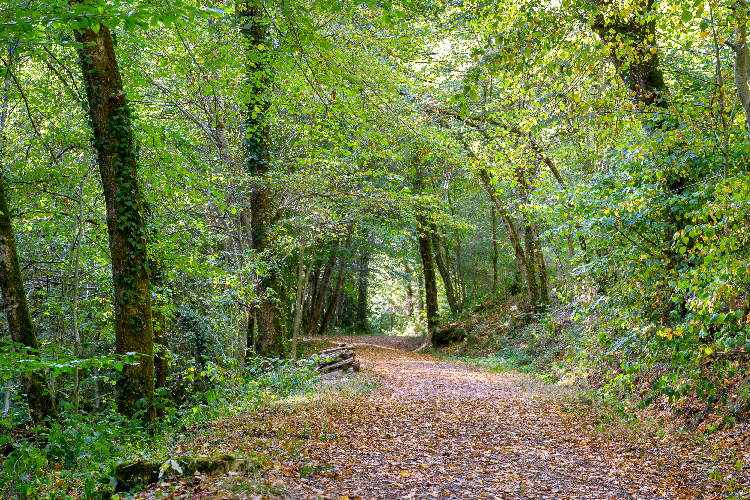
FLORA
Planting has been carried out during 3 key periods at the Domaine de Ligoure::
• 1880/1890: Albert Le Play made improvements to the Domaine. Primarily oaks, but also many chestnut groves.
• 1930/1940: The Domaine was managed by Pierre Le Play. The chestnut trees disappeared and many oak saplings were planted (some of which still stand in the park). This was also the period during the which the first wave of conifer reforestation occurred (total or partial replacement of deciduous forest stands with conifers)
• 1960/1970: conifer reforestation continued.
En 1998, 165 species were recorded, including one protected species, the: Pyrenean Oak.
Two species of fern that are rarely found in the Limousin region can be seen at the Châlucet fortress: cystoptéris fragilis and cystoptéris dickeana are present on the old walls of the ruins.
FAUNA
Several kinds of animal roam freely in the Ligoure forest:
• Coleoptera: stag beetle & golden ground beetle, which is a rare species in the Limousin region
• Mammals:
◦ Chiroptera: 6 species that are protected n France - including the Greater Horseshoe Bat, the Lesser Horseshoe Bat, the Greater Mouse-eared Bat and the Barbastelle.The Ligoure Park forms an ideal biotope for bats who love ancient woodland and dead trees where they can nest easily. The ruins of the Château de Châlucet are also home to bats!
◦ Otter
• Amphibians: 9 species, of which 7 are protected species, ncluding the Yellow-bellied toad
• Reptiles: 4 species of which 3 are protected
• Birds: 57 species including :
◦ Red kite
◦ Eurasian wryneck
◦ Common Grasshopper Warbler
◦ White-throated dipper
◦ Eurasian huppoe
◦ Black woodpecker
◦ Great spotted woodpecker
• Fish species present in the Ligoure and the Briance: eel, pike, carp, sculpin, roach, trout...

